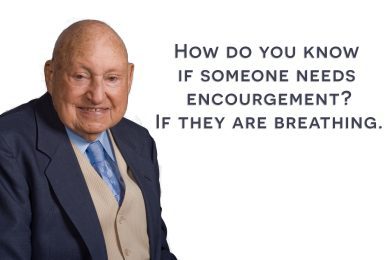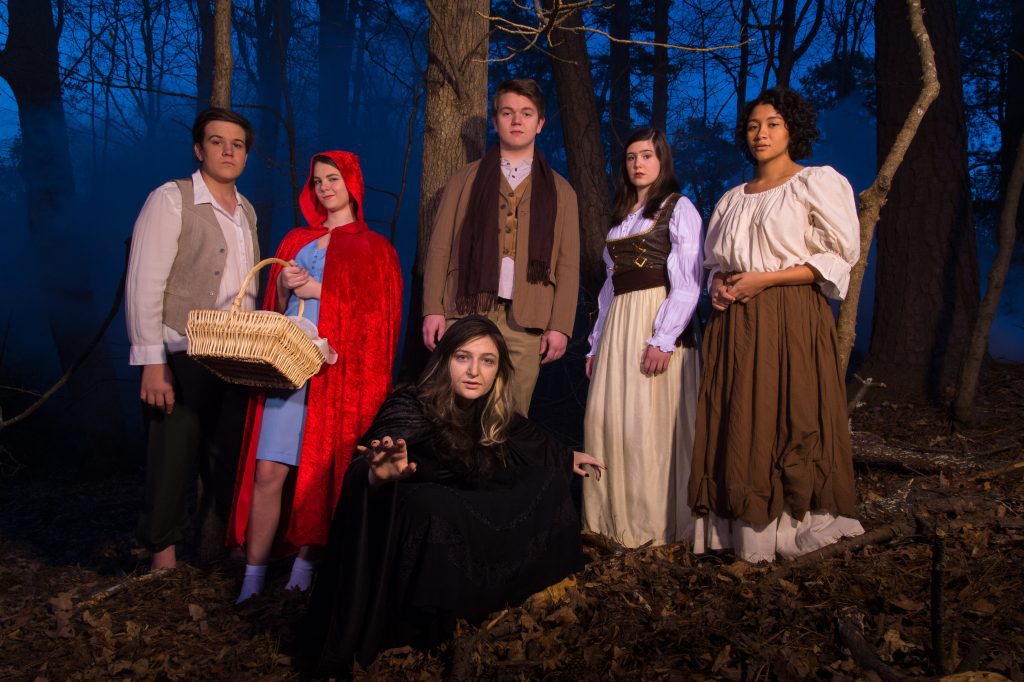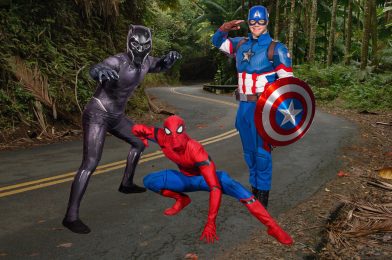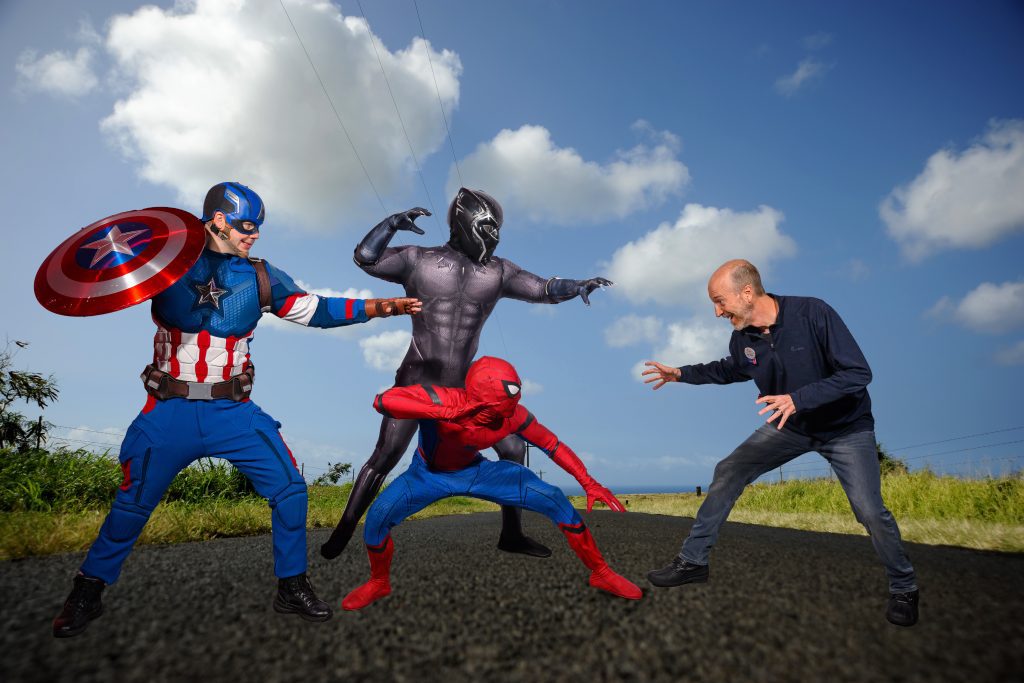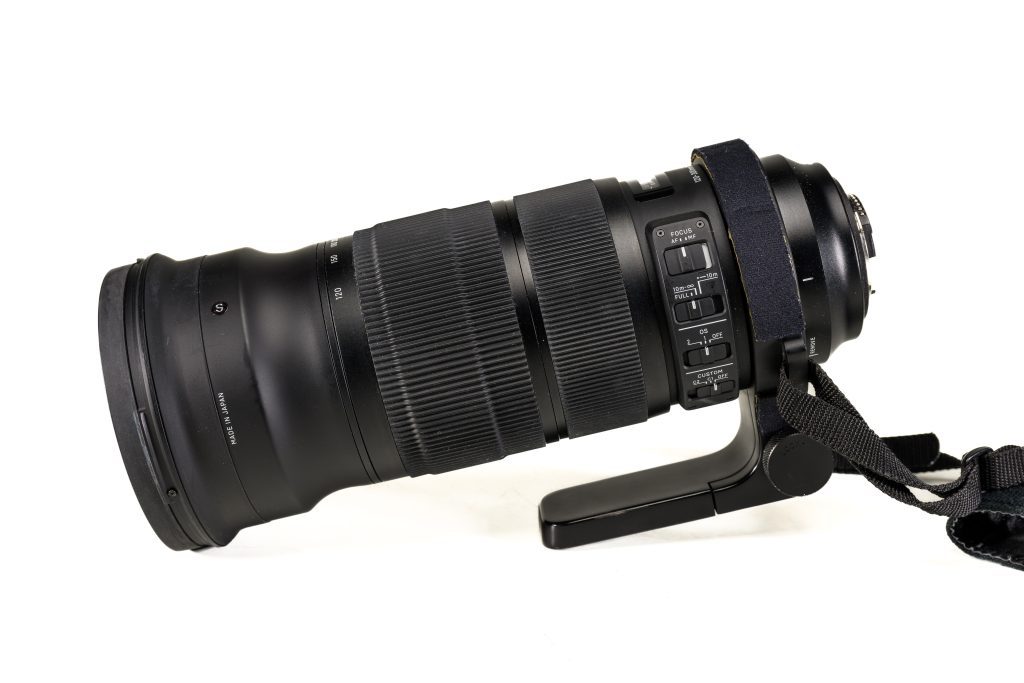Introduction:
In the fast-paced world of freelancing, where deadlines loom and projects pile up, it’s easy to lose sight of the human element behind every interaction. As a visual storyteller with over 40 years of experience, I’ve captured countless narratives through my lens. One invaluable lesson that stands out amidst the whirlwind of my career is the profound importance of remembering that everyone has a story.
The Chick-fil-A Connection:
Throughout my journey, one of my main clients has been Chick-fil-A. Working closely with this renowned brand provided me with unique insights into the business world and the philosophy of its founder, S. Truett Cathy. A mantra he often shared during speeches resonates deeply with me: “How do you know if someone needs encouragement? If they are breathing.” This simple yet powerful statement encapsulates the essence of recognizing the stories that exist within each individual.
The Unseen Narratives:
In visual storytelling, it’s easy to get caught up in the technicalities of composition, lighting, and aesthetics. However, true magic happens when we go beyond the surface and acknowledge the stories often hidden from sight. Every person we encounter, be it a client, collaborator, or passerby, carries a unique narrative. Taking the time to uncover and appreciate these narratives can profoundly impact our work as freelancers.
Tips for Freelancers:
- Cultivate Empathy: As freelancers, it’s crucial to cultivate empathy in our interactions. Take the time to listen actively, understand others’ perspectives, and empathize with their experiences. This enriches your understanding of the human condition and enhances your ability to capture and convey emotions in your work visually.
- Capture Authenticity: Authenticity is the cornerstone of compelling storytelling. Strive to capture the genuine essence of your subjects, whether it’s a corporate client or an individual. Authentic visuals have the power to resonate with audiences on a deeper level, forging a connection that goes beyond mere aesthetics.
- Tell Diverse Stories: Embrace diversity in your storytelling. Seek out various projects and clients that allow you to explore different cultures, backgrounds, and experiences. This broadens your skill set and ensures that your work reflects the rich tapestry of human stories.
- Be Mindful of Your Impact: Understand the impact your work can have on the individuals you photograph or collaborate with. Respect their stories and ensure that your portrayal is sensitive and authentic. This approach fosters positive relationships and contributes to a more compassionate and understanding creative community.
- Prioritize Encouragement: Just as S. Truett Cathy emphasized the importance of encouragement, make it a priority in your freelancing journey. Offer support to your clients, colleagues, and even competitors. A kind word or gesture can significantly impact someone’s day and create a positive ripple effect within the creative industry.
Conclusion:
In a world driven by deadlines and deliverables, the actual value of our work as freelancers lies in the stories we tell. By remembering that everyone has a story and embracing the power of empathy, authenticity, diversity, and encouragement, we elevate our craft and contribute to a more compassionate and connected creative community. As visual storytellers, let us continue to capture and share the richness of the human experience, one story at a time.

